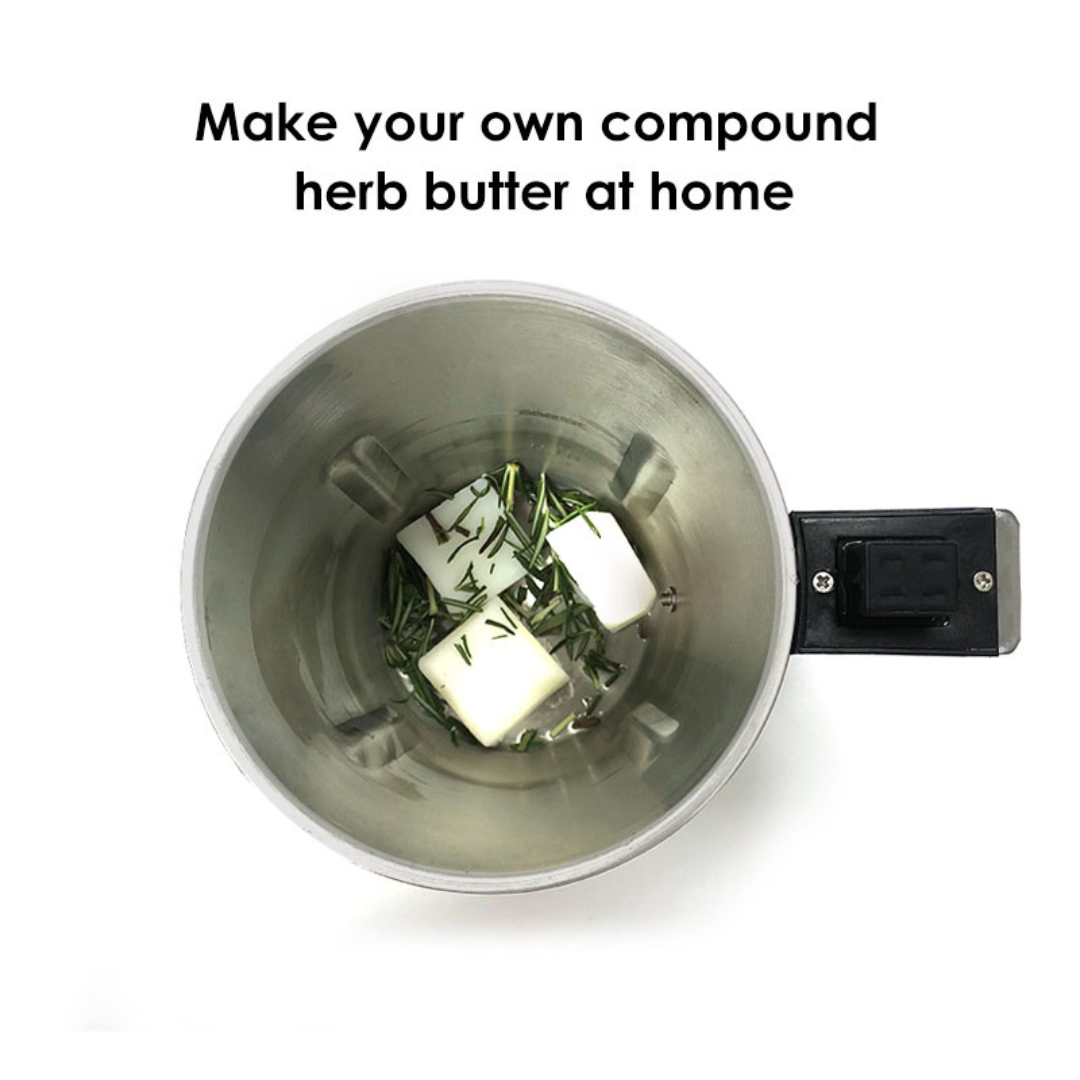
Step-by-Step Guide to Decarboxylating Herbs
What is Decarboxylation? Decarboxylation is a chemical reaction that activates certain compounds in herbs. This process removes a carboxyl group (CO2) from the herbs, turning them into their active forms.
What You’ll Need:
- Herbs
- Baking Sheet
- Parchment Paper
- Oven
- Grinder (Optional)
- Oven Thermometer (optional but recommended for accuracy)
- Storage Container (for post-decarboxylation storage)
Or a Infusion Master Decarber
Step 1: Preheat the Oven
Start by preheating your oven to 220–245°F (104–118°C). This is the optimal temperature range for decarboxylation. Too high, and you risk burning the herbs; too low, and the decarboxylation process might not happen effectively.
If you're using a herb, keep in mind that temperatures above 250°F (121°C) can degrade , so it's important to stay in the lower range of this window.
Step 2: Prepare the Herbs
If you're decarboxylating cannabis or other herbs, you’ll want to grind them lightly for even heat distribution. However, if you prefer, you can also decarb them whole for a less potent effect or for specific purposes.
- For cannabis: Break apart the buds with your hands or use a grinder to break them into smaller, uniform pieces.
- For other herbs (like, oregano, or thyme): Roughly chop them into smaller pieces to ensure even decarbing.
Step 3: Line the Baking Sheet
Place a piece of parchment paper or a silicone baking mat on your baking sheet. This ensures that your herbs don’t stick and that heat is distributed more evenly.
Step 4: Spread the Herbs Evenly
Spread your prepared herbs evenly on the baking sheet. Try to avoid overcrowding, as this could lead to uneven decarboxylation. The herbs should form a single layer, with no large piles or clumps.
Step 5: Place in the Oven
Once your oven is preheated and your herbs are spread evenly on the baking sheet, place the sheet on the middle rack in the oven.
Set a timer for 30–40 minutes (depending on the herb). You can check your herbs occasionally, but try to avoid opening the oven too often to maintain the temperature.
Step 6: Monitor the Herbs During Decarboxylation
You should begin to notice a slight aroma as the process begins. The color of the herb will also change, becoming slightly darker and drier.
- Expect a light brownish color. The herbs should be dry but not crisp or burnt.
- For other herbs: The texture and color should darken slightly, but they should remain green and not charred.
Make sure the oven temperature stays within the target range of 220–245°F (104–118°C). If you have an oven thermometer, it will help ensure accuracy.
Step 7: Remove from the Oven
After 30-40 minutes, carefully remove the baking sheet from the oven. The herbs should be decarboxylated and dry but not burnt. Let them cool down to room temperature.
Step 8: Store the Decarboxylated Herbs
Once cooled, you can either use the decarboxylated herbs immediately or store them in an airtight container. For cannabis or other herb-based infusions, store them in a dark, dry place to preserve their potency.
Step 9: Check for Potency (Optional)
If you’re decarbing for infusions (like in oils or edibles), test a small portion to see if it has the desired potency and effects. Keep in mind, if you over-decarboxylate (too high temperature or too long), the potency can degrade.
Tips for Best Results:
- Grind for Evenness: A light grind helps to ensure even heat distribution, leading to a more consistent decarbing process. However, you don’t want it too fine—aim for a coarse grind for cannabis.
- Avoid Overheating: If the temperature is too high, herbs can degrade. Always monitor your oven and consider using an oven thermometer to maintain accuracy.
- Consider Using a Decarboxylation Machine: There are specialized decarboxylation machines like ours that provide a more controlled, precise decarb process.
Why Is Decarboxylation Important?
Decarboxylation is an essential step in unlocking the full potential of certain herbs. With this simple process, you can activate the beneficial compounds in herbs for use in cooking, infusions, or therapeutic applications. By following this guide and monitoring your oven temperature, you’ll achieve the optimal decarboxylation for your needs.